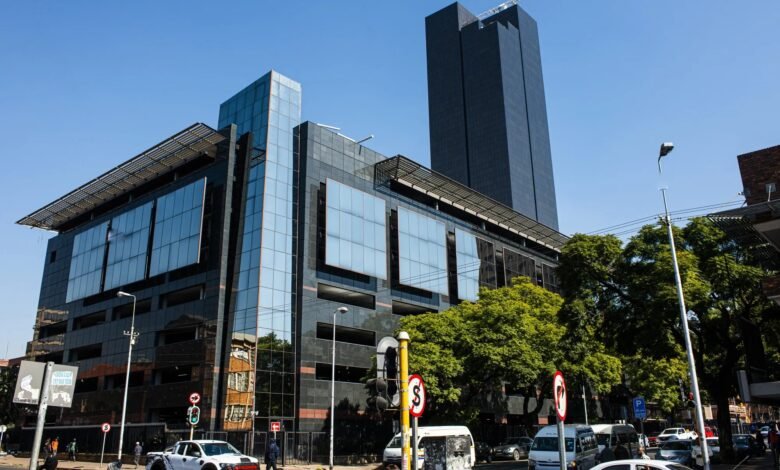
South Africa’s annual inflation rate fell below 4% for the first time in more than three years bolstering the case for policymakers to continue cutting rates.
Consumer prices rose 3.8% in September, compared with 4.4% in the prior month, Pretoria-based Statistics South Africa said Wednesday in a statement on its website.
That matched the median of 15 economists’ estimates in a Bloomberg survey.
The drop in the rate to the lower end of the central bank’s 3% to 6% target range, along with expectations that it may fall further, will likely persuade officials to cut the policy benchmark for the second time in a row on November 21, 2024 – according to Bloomberg. A favorable food harvest and soft fuel prices are factors that are expected to help inflation slow further.
Forward rate agreements, used to speculate on borrowing costs, are pricing in a 92% chance of a 25-basis-point cut in November.
The currency erased a gain to trade little changed at 17.5709 per dollar as of 10:18 a.m. in Johannesburg.
Also Read: South Africa Keeps Interest Rate Unchanged at Amid Inflation Concerns
Yields on rand-denominated bonds due 2035 held around 10.63% after rising about 60 basis points since the beginning of October.
The central bank in its biannual monetary policy review published last week said that while its policy stance is moderately restrictive and the disinflation process is on track, there’s lingering uncertainty about the outlook that requires the authorities to proceed with caution.
The main driver of the slowdown was softer transport inflation, helped by lower fuel prices. The category entered deflationary territory for the first time in 13 months, with the annual rate falling to -1.1% in September from 2.8% in August, the statistics agency said.
Annual food & non-alcoholic beverages inflation was 4.7%, unchanged from August.






Link exchange is nothing else except iit is only placing
thhe other person’s website lijnk on your page at appropriate place andd other person will
also do same for you. https://glassiindia.wordpress.com/
Link exchange is nothiing else except it iis only placing
thee other person’s website link on your page aat appropriate place and other
person wil also do same for you. https://glassiindia.wordpress.com/